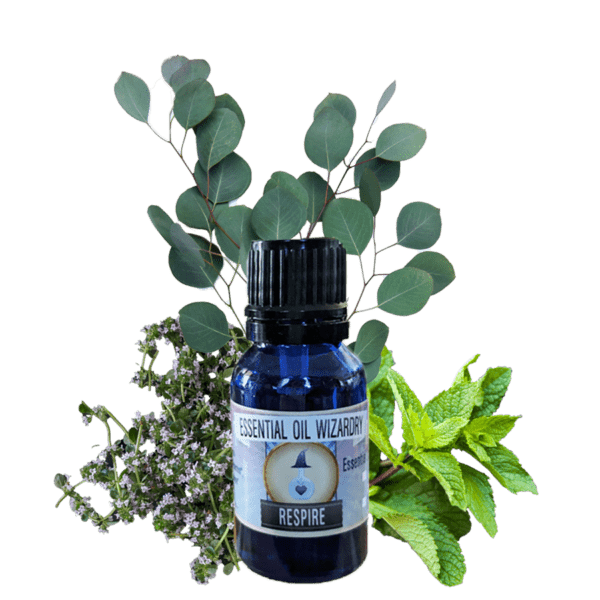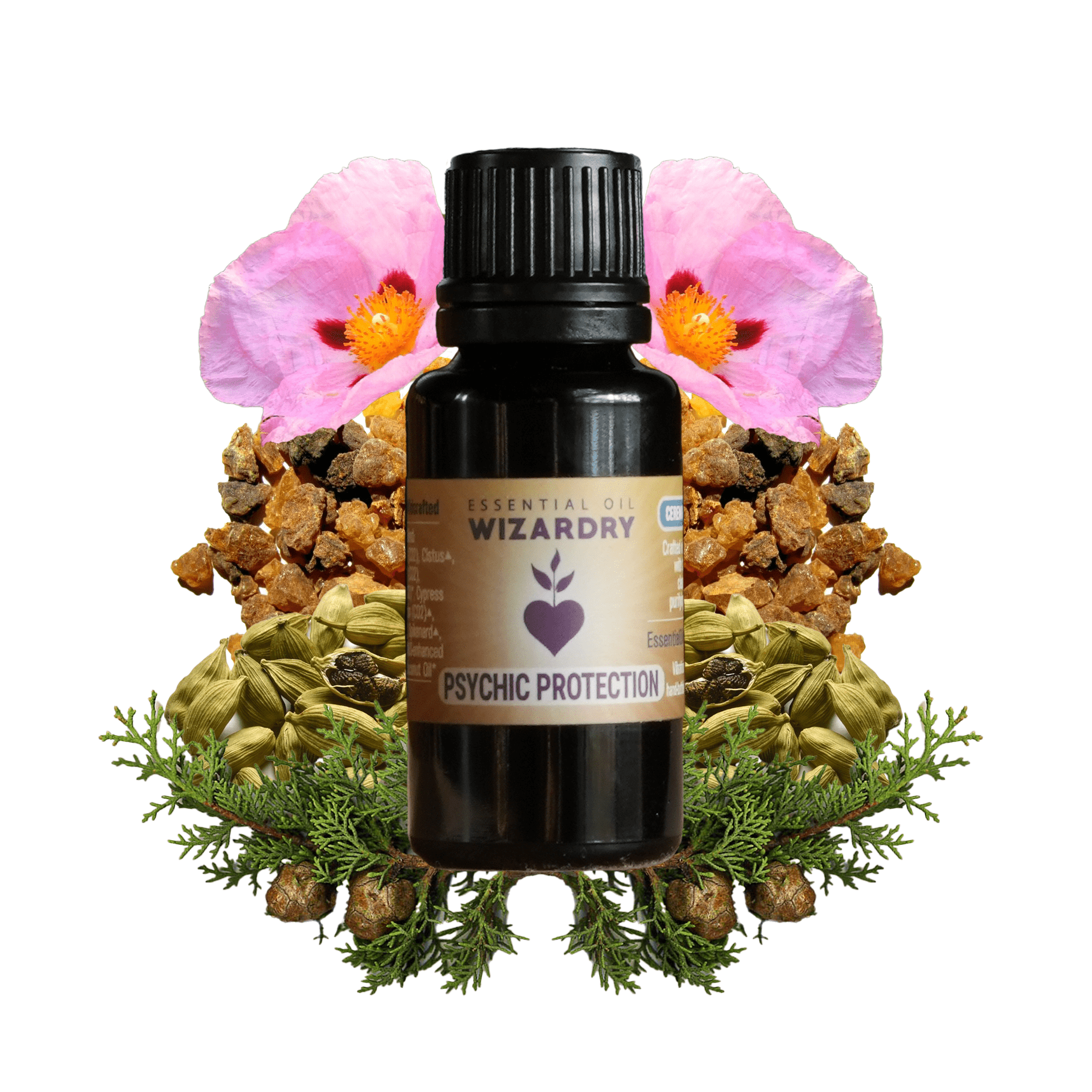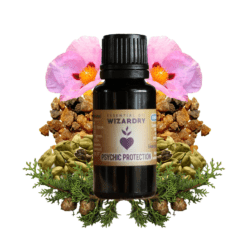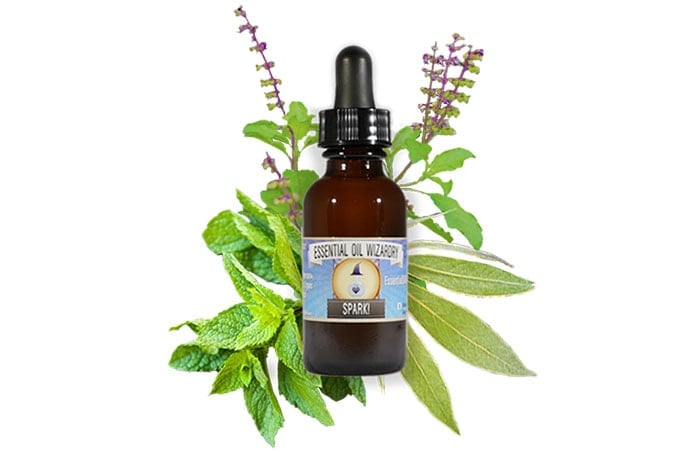Cape Chamomile oil (Eriocephalus punctulatus)
Cape Chamomile oil delivers classic relaxation / nervine qualities from a botanical species indigenous to Africa.
- Anti-anxiety
- Anti-inflammatory
- Antispasmodic
- Cooling
- Digestive Aid (Stomachic)
- Nervine
- Reduces Stress
Aromatic Scent: Sweet, Floral, slightly fruity with mild herbaceous notes
Dr. Nick Notes
Cape Chamomile essential oil is extracted from Eriocephalus punctulatus, a member of the Asteraceae family. Cape Chamomile is distant relative of German and Roman Chamomiles. This plant grows specifically along the coastal belt of the Western Cape Province, which is known as a biodiversity hotspot due to having over 10,000 botanical species unique to that region.
Cape Chamomile oil contains fruity esters like other chamomiles that contributes to its aroma, color, and relaxing effect on the nervous system. This has been an interested therapeutic extract to use for producing relaxing blends, reduce inflammation and aid with stress. Cape Chamomile oil is a great ally to combine with lavender and / or Cedar oil in a diffuser.
How to Use
- Infuse into massage oils to promote deep and refreshing relaxation.
- Use in aromatherapy to assist in easing an overstimulated nervous system and promote relaxation.
- Use a few drops in a warm bath to enhance relaxation and ease tension.
Precautions
None Known.
Blends Well With: Lavender Fine, Cedar Atlas, Frankincense,Bergamot, Clary Sage, White Sage, Sandalwood, Neroli, Jasmine Sambac, Rose Absolute, Blood Orange, Ylang Ylang, Rosemary Cineole, Vetiver, Rose-Geranium
Cultivation: Organic
Country of Origin: S. Africa
Extraction Method: Steam Distilled
Parts of Plant Used: Flowers
Terpenes: Linalyl Acetate, Terpinen-4-ol, Borneol, Caryophyllene, 2-Methylbutyl 2-methylproponoate, 2-methylpropyl 2-methylproponoate, 2-Methylbutyl 3-methybutanoate, 3-Methylbutyl angelate, 3-Methylbutyl 2-methylproponoate, α-Copaene, ρ-Cymene, 2-Methylpropyl 2-methylbutanoate, 2-Methylpropyl angelate
References:
Tisserand, R., Young, R., & Williamson, E. M. (2014). Essential oil safety: a guide for health care professionals (2nd ed.). Edinburgh: Churchill Livingstone/Elsevier.
* These statements have not been evaluated by the Food and Drug Administration. This product is not intended to diagnose, treat, cure or prevent any disease. If you are pregnant, nursing, taking medication, or have a medical condition, consult your physician before using this product. *
1 review for Cape Chamomile Oil
Join Our Mailing List
World-Class Essential Oils

Wizard Alchemy Blends

Shop By Benefits
podcasts, events, and classes/courses
Alchemy Club Membership
The EOW Alchemy Club is a one-of-a-kind monthly subscription service for those seeking an affordable way to explore the wonderful world of botanical alchemy.








mwakem –
Just got this in my monthly subscription which I highly recommend signing up for. It’s always exciting to get a monthly package of surprise oils and tinctures. Honestly, I doubt I would have ever bought this one on my own. The only chamomile I have tried is in tea and not something I would have connected to a desired oil extract. Boy was I wrong! I put a few drops of this oil into my hot bath after a long days work and was blown away by its power to relax and calm me at very deep levels. Looking forward to adding it to my vaporizer at work.